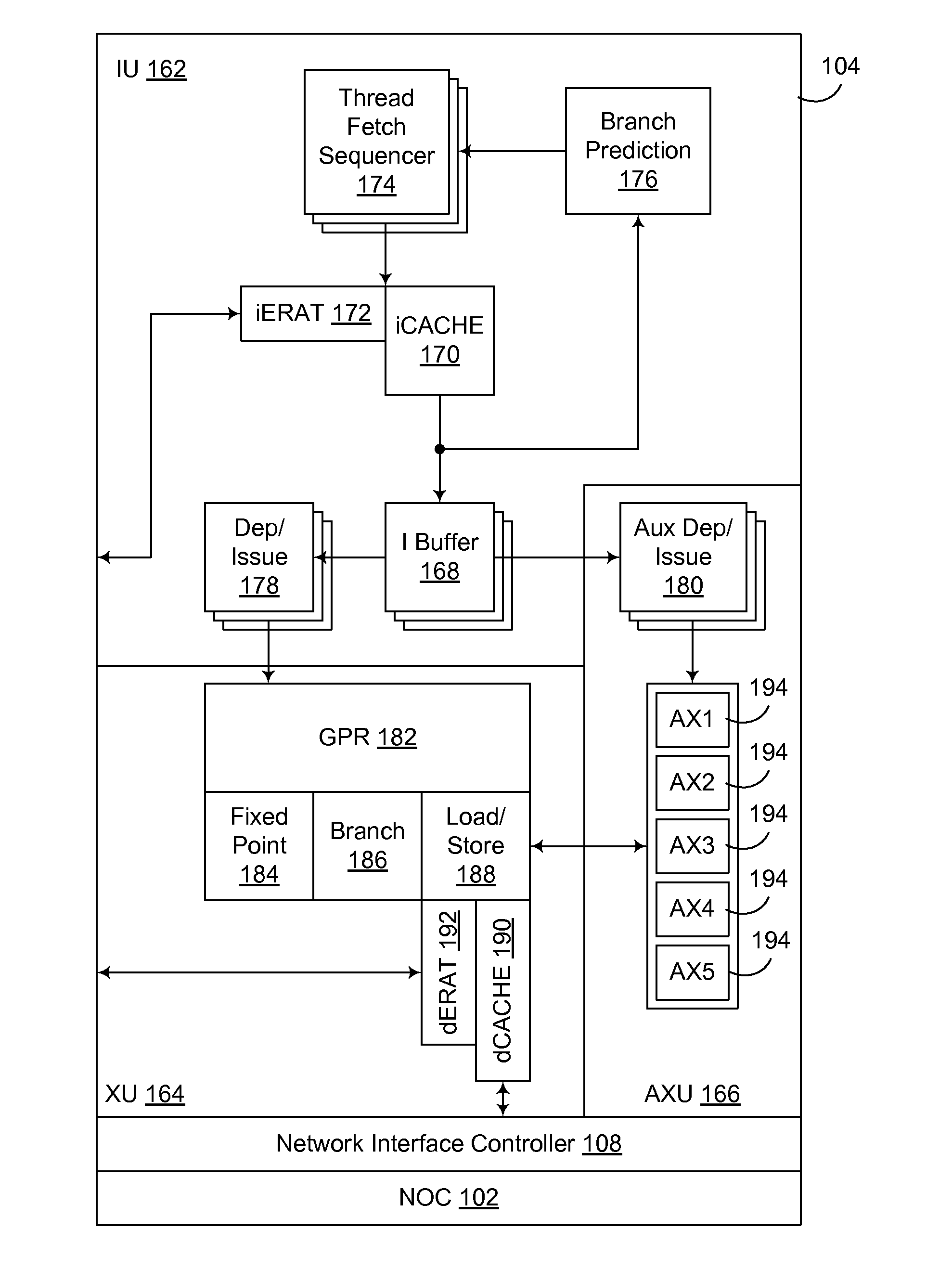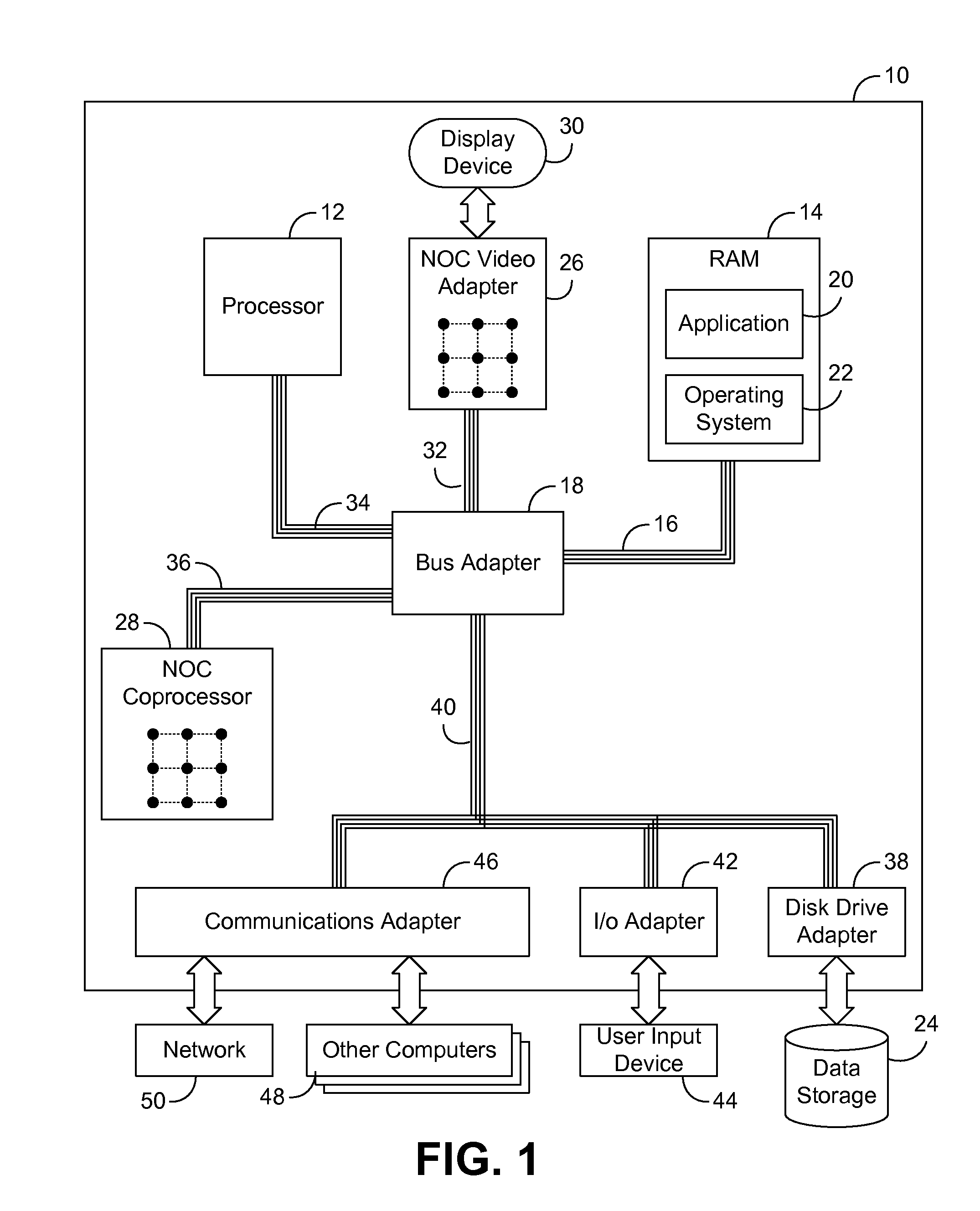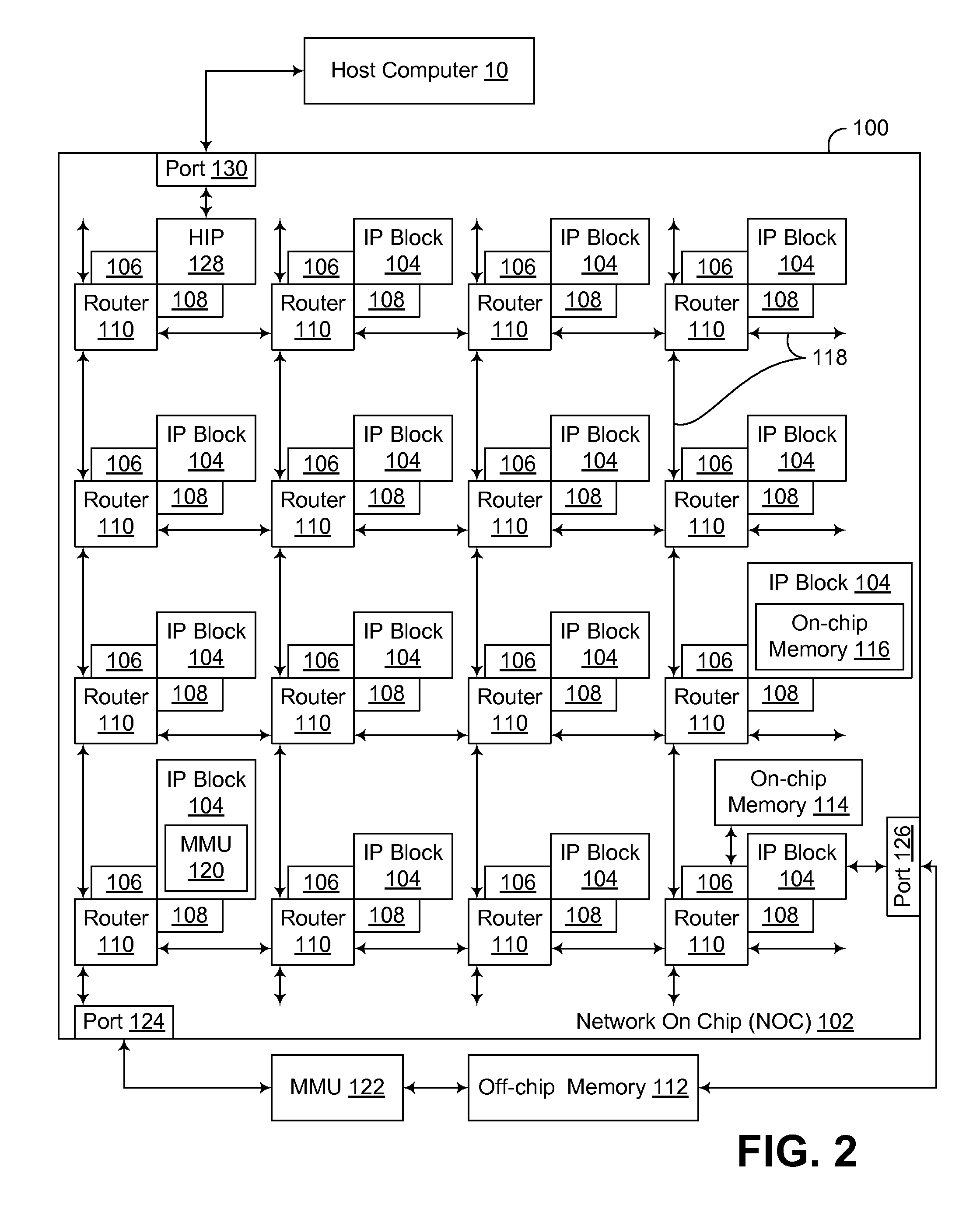Multithreaded physics engine with predictive load balancing
a multi-threaded physics engine and load balancing technology, applied in multi-programming arrangements, program control, instruments, etc., can solve the problems of hardware requirements, low cache utilization, and other performance related bottlenecks, and achieve the effect of increasing the likelihood of hardware threads
- Summary
- Abstract
- Description
- Claims
- Application Information
AI Technical Summary
Benefits of technology
Problems solved by technology
Method used
Image
Examples
Embodiment Construction
[0037]Embodiments consistent with the invention implement predictive load balancing in a multithreaded physics engine to initiate an early reallocation of workload among a plurality of hardware threads based upon predicted future collisions between objects in a scene. A scene, within the context of the invention, refers to the “world” or multidimensional space within which objects are placed prior to rendering of an image frame. Typically, a scene is a three dimensional object space; however, to simplify the discussion hereinafter, many of the examples illustrate a two dimensional scene. It will be appreciated however that a scene may be any number of dimensions consistent with the invention.
[0038]In some embodiments, a physics engine with predictive load balancing may implement physics collision detection by streaming level of detail components between hardware threads in a multithreaded circuit arrangement, e.g., as disclosed in U.S. patent application Ser. No. 12 / 778,390, filed M...
PUM
 Login to View More
Login to View More Abstract
Description
Claims
Application Information
 Login to View More
Login to View More - R&D
- Intellectual Property
- Life Sciences
- Materials
- Tech Scout
- Unparalleled Data Quality
- Higher Quality Content
- 60% Fewer Hallucinations
Browse by: Latest US Patents, China's latest patents, Technical Efficacy Thesaurus, Application Domain, Technology Topic, Popular Technical Reports.
© 2025 PatSnap. All rights reserved.Legal|Privacy policy|Modern Slavery Act Transparency Statement|Sitemap|About US| Contact US: help@patsnap.com



